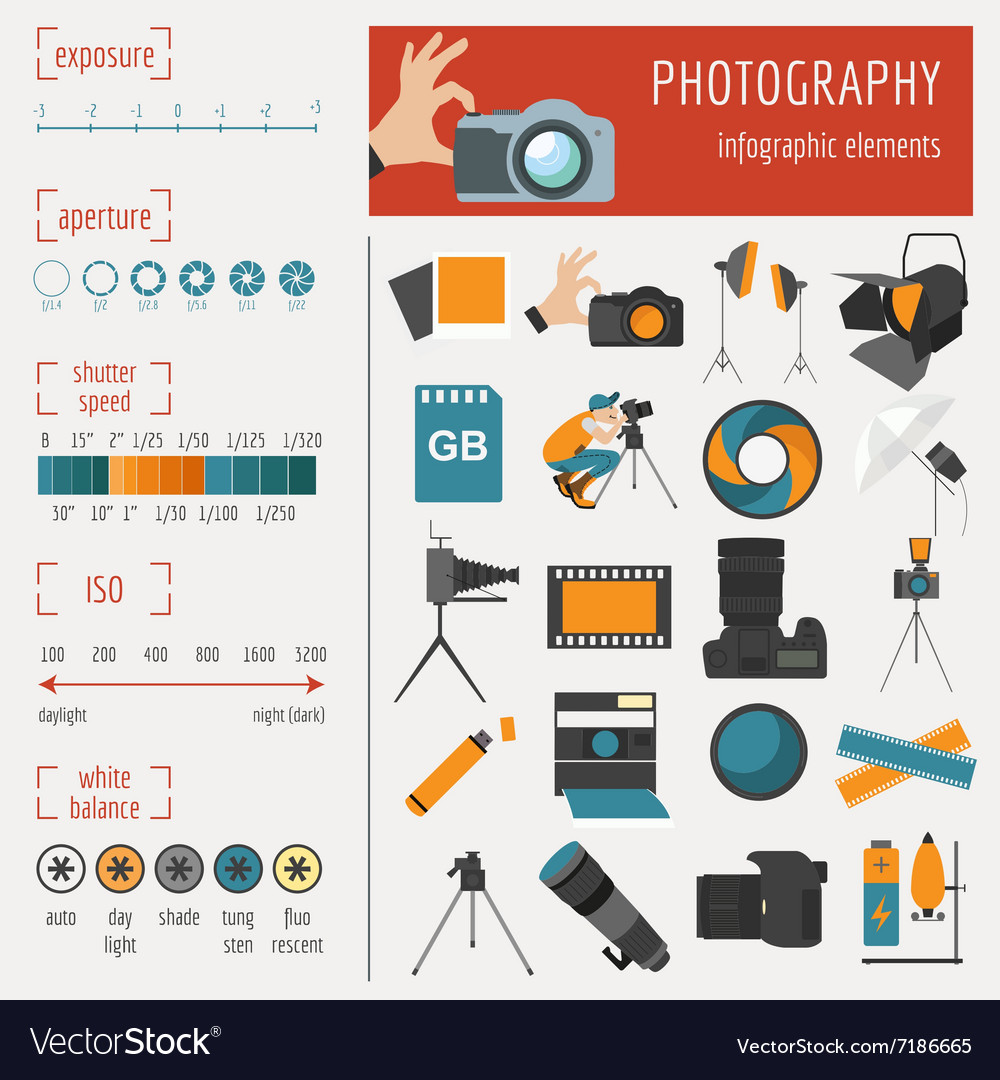Photography Tips For Beginners: Understanding Your Electronic Camera Quickly
Photography Tips For Beginners: Understanding Your Electronic Camera Quickly
Blog Article
Material Composed By-Lindgreen Dalton
When you initially get your camera, it can feel overwhelming with all the setups and alternatives offered. You might find yourself questioning how to browse aperture, shutter rate, and ISO efficiently. Understanding these fundamentals is crucial, yet there's more to photography than simply technical knowledge. Comprehending make-up methods and illumination problems can boost your pictures dramatically. So, what if you could discover basic techniques to boost your abilities and begin capturing remarkable photos quicker than you believe? Let's check out how to change your photography trip.
Recognizing Electronic Camera Settings
Understanding your camera setups is crucial for recording spectacular pictures. When you get your electronic camera, familiarize yourself with the 3 primary settings: aperture, shutter speed, and ISO. Each plays a crucial role in just how your pictures end up.
Begin with Get headshot taken near me , which manages the quantity of light going into the lens. A larger aperture (lower f-number) lets in more light and creates a lovely background blur, excellent for pictures. Alternatively, a narrower aperture (greater f-number) maintains more of the scene in focus, ideal for landscapes.
Next, concentrate on https://squareblogs.net/sabrinamable/imaginative-digital-photography-concepts-unleashing-your-creativity . This setting figures out the length of time your camera's sensor is revealed to light. A quick shutter rate freezes activity, which is great for action shots, while a slow-moving shutter speed can develop stunning results like smooth water in landscapes.
Last but not least, readjust your ISO. This setting impacts your electronic camera's level of sensitivity to light. A higher ISO works in low-light circumstances but can introduce sound or grain. Aim for the lowest ISO feasible while still achieving appropriate direct exposure.
Composition Techniques
When you're out shooting, structure can make all the difference in just how your images reverberate with viewers. Begin by utilizing Executive portrait photographer of thirds; picture your structure separated into nine equivalent sections with 2 straight and 2 upright lines. Placement key elements along these lines or at their intersections to develop equilibrium and rate of interest.
Next off, consider leading lines. These natural lines in your scene, like roadways or rivers, attract the customer's eye right into the picture, leading them through the story you're telling.
Don't forget framing; usage elements within your scene, like trees or windows, to develop a structure around your topic, including deepness and focus.
Also, watch on your history. A cluttered history can distract from your major topic, while a simple one helps it stand out.
Lastly, trying out symmetry and patterns; they can create a striking photo that catches attention.
Learning Illumination Conditions
Understanding illumination problems is vital for catching sensational photographs, as the ideal light can transform an ordinary scene into something remarkable.
Begin by observing all-natural light at various times of the day. Early mornings and late afternoons provide the most effective light, known as the golden hour. The soft, cozy tones throughout these times can improve your images wonderfully.
Do not shy away from cloudy days either; diffused light can reduce harsh shadows and develop a pleasing result, specifically for pictures.
Try out backlighting by positioning your subject against the light source. This technique can produce a dreamy halo result and add depth to your images.
Focus on your camera settings as well. Adjust the ISO, aperture, and shutter rate to fit the illumination problems. A greater ISO can help in low light, but be cautious of grain.
Use a tripod in darker environments to prevent blur.
Lastly, don't fail to remember man-made lighting. Flash and constant lights can be great tools for controlling light in challenging conditions.
Final thought
To conclude, grasping your camera does not need to be frustrating. By comprehending your setups, using make-up strategies, and using the power of all-natural light, you'll promptly raise your digital photography abilities. Remember, exercise makes perfect, so go out there and trying out your newfound understanding. With time and commitment, you'll be recording sensational images that show your distinct viewpoint. Take pleasure in the trip, and don't fail to remember to enjoy while you go to it!
